Clickteam USA LLC

Five Nights at Freddy's review
Varies with device
September 20, 2020
Varies with device
Five Nights at Freddy's
It was a late night when I first stumbled upon the game that would soon envelop my thoughts and moments of quiet. Five Nights at Freddy's, commonly known as FNAF, transcended being merely a video game; it delivered a spine-tingling experience that tapped into the anxieties of uncertainty and the unsettling feeling that arises when darkness envelops the surroundings. I had heard whispers online about it, fervent fan theories, lore dissected down to its very core, and memes flooding my feed. Curiosity became an insatiable beast.
The Setting That Haunts
When I finally booted up the game, the atmosphere wrapped around me like a cold fog. Set in Freddy Fazbear's Pizza, a family-friendly restaurant featuring animatronic characters, the game presents itself as a quaint venue. Yet, there’s an unsettling edge to it. As I assume the position of a nighttime security officer, the shimmering lights, camera white noise, and echoes of laughter from former visitors hang in the atmosphere. My job? To survive the night shifts against the animatronic characters that roam the dimly lit hallways.
The Fear Factor
With a single button, I would toggle between security cameras, each click amplifying the growing paranoia in my chest. I quickly realized these were not just malfunctioning machines. Each character had a backstory that shaded the night in layers of fear, twisting the innocence of a child's play area into a realm of nightmares. Watching Freddy and his companions brought memories to life, memories that played on my familiarity with childhood entertainment gone wrong.
Behind the Glitz
As I navigated those early nights, I began piecing together the twisted backstory that the game insinuated. The animatronics weren’t merely malfunctioning; they carried the weight of tragedy. The infamous missing children incident loomed over the restaurant like a dark cloud. I felt a strange kinship with the souls restless within those robotic shells. The richness of the lore anchored my interest deeper.
Strategy and Tactics
The nights were divided into manageable chunks, yet as I progressed, they morphed into tangible terror. I had to conserve power while staying vigilant. Each decision—whether to close a door or check a camera—felt like a high-stake gamble. The dread could almost be tasted as time crept forward. The sound design drove the ambiance home: creaks, distant laughter, and the deep-throated growls of the animatronics broke the silence, sending chills down my spine.
Creepy Companions
Freddy Fazbear, Chica, Bonnie, and Foxy quickly became iconic figures etched into my memory. Their appearance transformed from innocent childhood figures to the harbingers of panic. Each animatronic carried its own unpredictability; I had to learn their movements, a haunting dance of fate over the course of five relentless nights. The adrenaline rush hit me hard when I caught sight of them on the cameras, and my heartbeat raced as I braced for their approach.
The Role of Lore
The further I delved into FNAF, the more it became evident that gameplay was only part of the experience. Forums and videos pieced together timelines and theories about the characters’ disturbing histories. I found myself enthralled not just by surviving the shifts but by the stories woven through the lore. Who was William Afton, and what malignance led to the cursed legacy of Freddy Fazbear’s Pizza? With time, my insatiable curiosity grew stronger.
Community and Collaboration
Exploring this new universe was not an isolated journey. I found camaraderie online—fellow fans who dissected every detail, suggesting hypotheses that surprised even me. We collaborated on interpretations, connected hints hidden in warped corners of each sequel, and theorized about what lay ahead for our favorite animatronic cast. The community felt like a vast web of shared fears and revelations, each person contributing a unique strand to the canvas.
Around the Franchise
Five Nights at Freddy's paved the way for a franchise that exploded. What began with one game swiftly morphed into sequels, spin-offs, and even merchandise that filled store shelves. With each installment, new mechanics emerged, each one building on the last while expanding the universe. The thrill of new mysteries kept me engaged; new characters and concepts invited me in as if the darkness of Freddy Fazbear's Pizza beckoned me beyond the first night.
The Mechanics of Fear
As I continued to play, I recognized the game mechanics intertwined with psychological horror. It wasn't just about jump scares; it was the anticipation of fear. The knowledge that something lurked just out of sight played tricks with my mind. I felt as though the game was a reflection of my own insecurities and fears building up in my psyche. Each click echoed a reminder of impending doom, forcing me to confront those creeping shadows.
The Visuals and Artwork
The graphics of Five Nights at Freddy's evoke a unique charm that marries nostalgia with terror. The pixelated designs feel deliberate, pulling you into their world while still reminding you of classic horror tropes. Fan art proliferates the internet, showcasing diverse interpretations of the characters, breathing life into their eerie existence. I often found myself scrolling through pages and websites, lost in the creativity of others who understood the aesthetic and emotional weight behind each animatronic.
The Soundtrack of Unrest
The sound design of FNAF is an experience unto itself. From the comforting ambiance of a pizzeria to the abrupt shifts into horror, the auditory elements drive the game's suspense. Each rustle, screech, or distant sound amplified my anxiety as I settled deeper into the story. It became clear that the audio was as powerful as the visuals; even in silence, there was an overwhelming presence haunting my gameplay.
The Evolution of Gameplay
After creating such an impactful universe with the first game, Scott Cawthon, the creator, kept delighting and unnerving the fans with fresh concepts. Each sequel introduced new mechanics, challenges, and plot points—keeping the core of what made the original resonate while dragging players further into the depths of horror and lore. The progression was as thrilling as it was terrifying. I had to adapt, learn new patterns, and adjust my strategies to survive.
Fandom and Enigma
One cannot discuss FNAF without mentioning the power of its fandom. A diverse array of voices contributed to unraveling the deeper meanings hidden within the lore. Various forums buzzed with intense debates, theories, and speculations. Each shared sentiment only fueled my desire to explore further, become embroiled in the enigmas of the narrative, and stay up past my bedtime, captivated by the mysteries that lurked just out of reach.
The Legacy of Fear
Amidst the amusement park charm lies a legacy of horror that far surpassed my expectations. Five Nights at Freddy's is more than just a game; it is a phenomenon. It echoes in the whimsical horrors of childhood memories, inviting players onto a twisted carousel of experience that resonates with anyone who dares to step into its disquieting world. As I reflect, I realize it is not merely about surviving each night; it's about confronting what lies ahead, embracing the thrill, and becoming part of a narrative woven through unrelenting darkness.
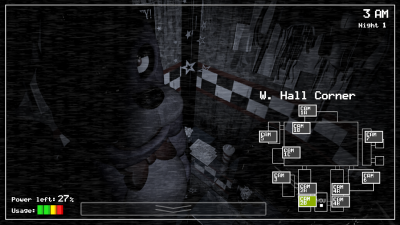
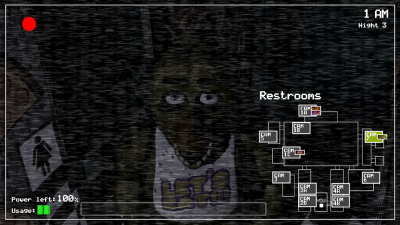
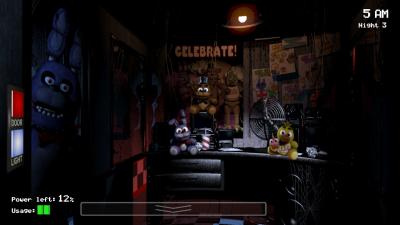
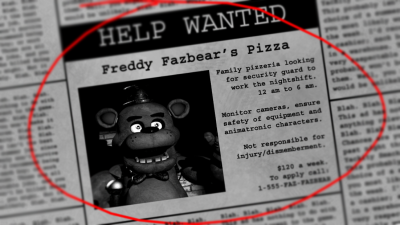
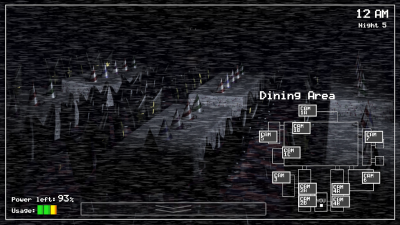
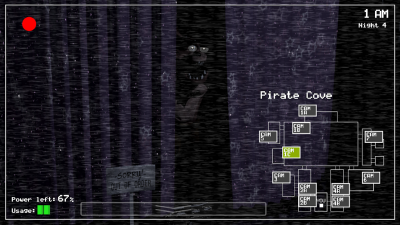
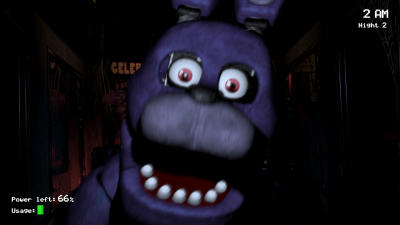
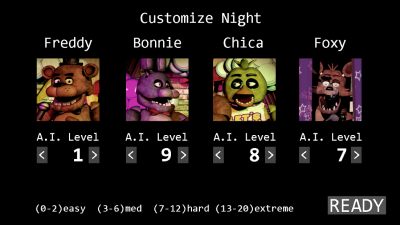
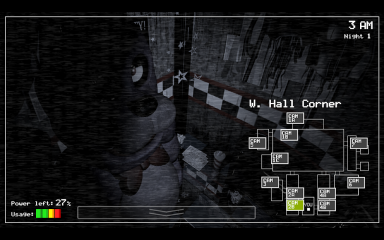
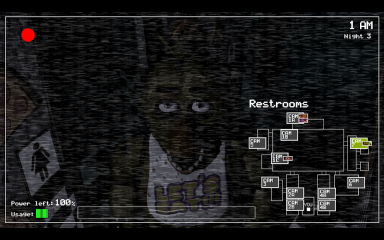
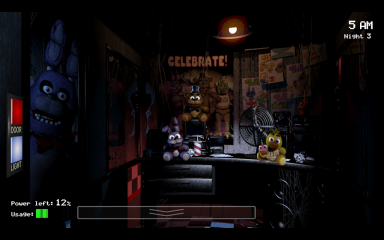
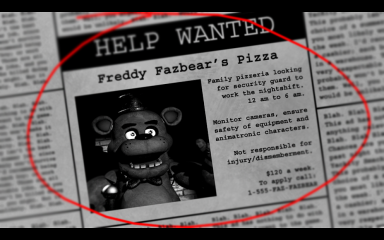
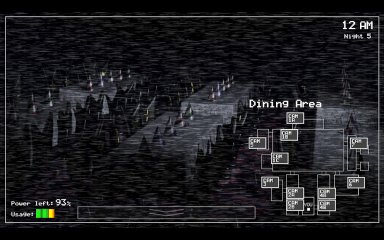
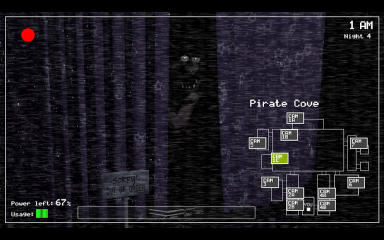
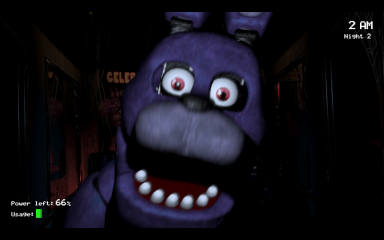
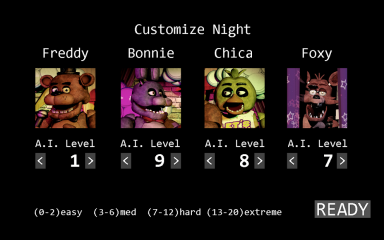
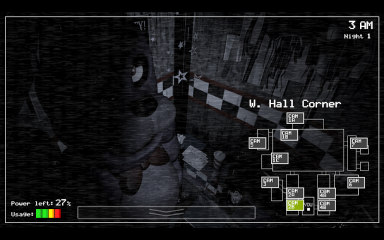
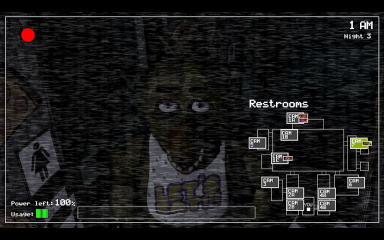
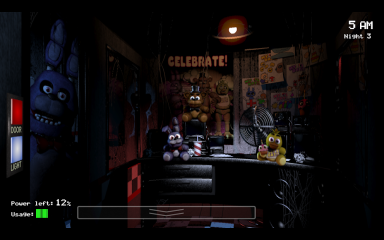
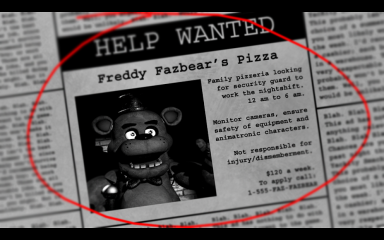
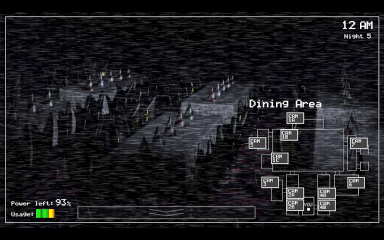
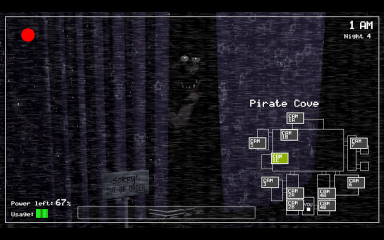
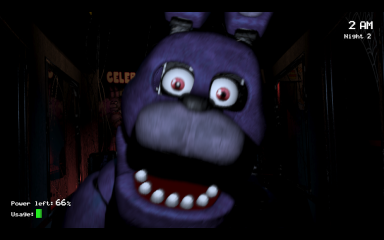
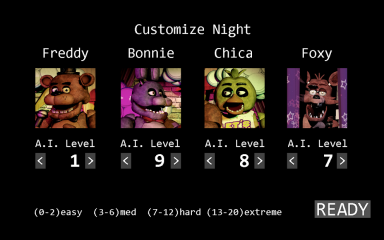
Five Nights at Freddy's

To download the app, you will get links to the Official Website and/or official digital markets.










